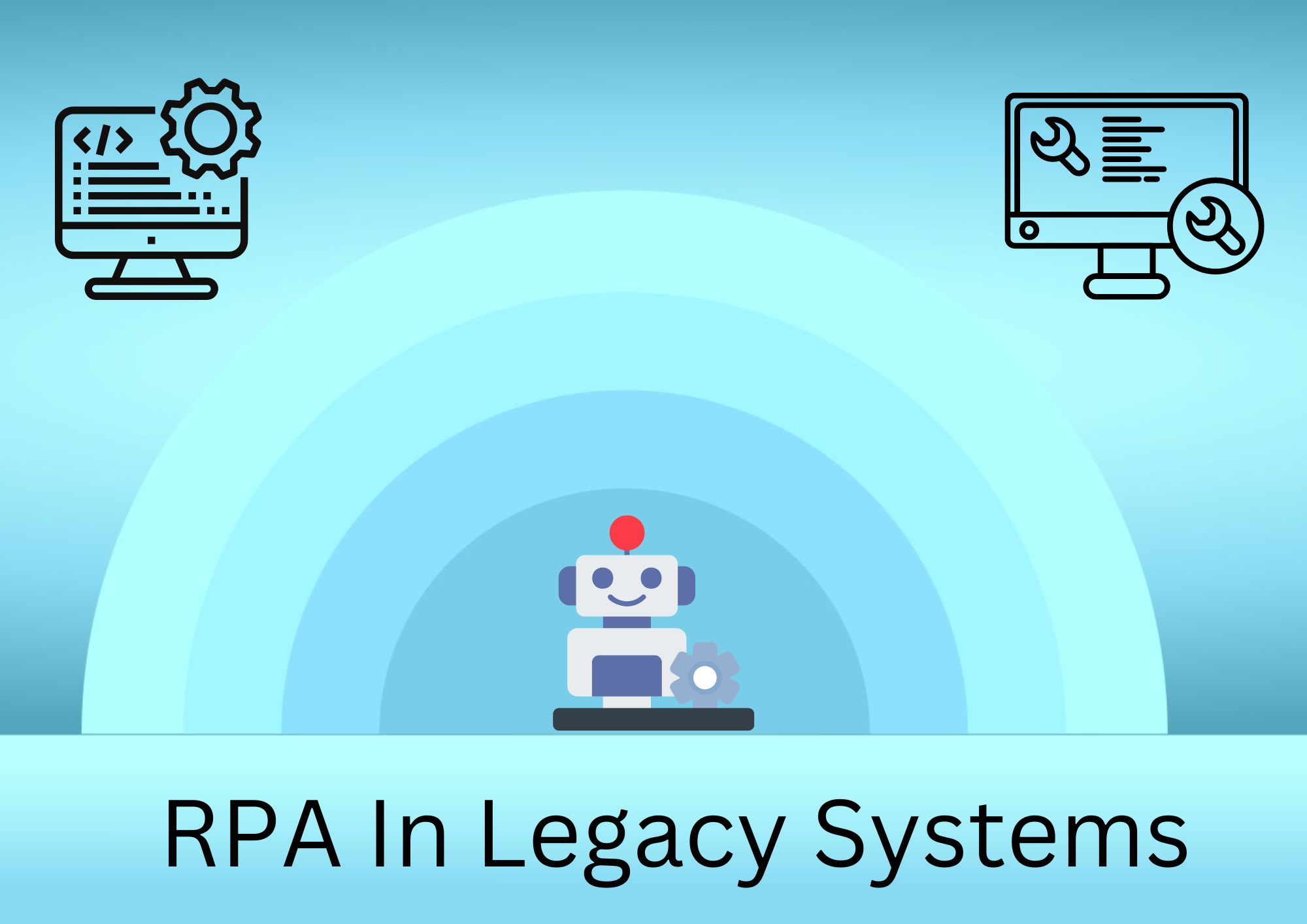Robotic Process Automation (RPA) has become a game-changer for many industries, offering the promise of increased efficiency and cost savings by automating repetitive tasks.
However, integrating RPA with legacy systems can be a daunting challenge for businesses.
This article delves into the challenges associated with RPA integration, offers practical solutions, and provides examples, facts, and figures that demonstrate the potential benefits of overcoming these hurdles. 😊
Understanding the Challenges of RPA Integration with Legacy Systems
RPA Compatibility
One of the primary RPA challenges is ensuring compatibility with existing legacy systems. Most businesses still rely on these systems for their core operations, and RPA solutions must be able to communicate and work seamlessly with them. Unfortunately, these systems often lack APIs, making integration more complicated.
Fact: According to a survey by Deloitte, 63% of respondents cited compatibility with legacy systems as a major challenge in RPA implementation.
Process Complexity
Legacy systems often involve complex, multi-step processes that can be difficult to automate. Identifying and mapping these processes requires extensive knowledge of the system and considerable time and effort, potentially slowing down RPA integration.
Example: In a banking system, integrating RPA for loan approval might require understanding and automating multiple steps, including document verification, credit score checks, and risk assessment.
Security Concerns
RPA solutions access sensitive data, and integrating them with legacy systems can raise security concerns. Companies must ensure that RPA tools adhere to strict security standards and maintain data privacy while working with these systems.
Fact: A PwC survey found that 50% of respondents considered security risks as a significant challenge in RPA implementation.
Implementing RPA Solutions for Legacy Systems
RPA Integration Best Practices
To overcome RPA challenges, businesses should follow best practices such as:
- Conducting a thorough analysis of existing processes to identify automation opportunities.
- Involving stakeholders from various departments to ensure a comprehensive understanding of the system.
- Prioritizing RPA implementation in processes that offer the highest return on investment.
- Developing a robust RPA governance framework that addresses security and data privacy concerns.
Bridging the Gap between RPA and Legacy Systems
To address RPA legacy system compatibility issues, companies can employ various approaches:
- Using RPA tools that offer pre-built integrations with popular legacy systems.
- Developing custom connectors or scripts to enable communication between the RPA solution and the legacy system.
- Leveraging screen scraping and optical character recognition (OCR) technologies to extract data from legacy systems without the need for APIs.
Example: UiPath, a popular RPA platform, offers pre-built integrations with SAP, a widely used legacy system, making RPA integration more seamless.
Realizing the Benefits of RPA Integration
By overcoming RPA challenges and successfully integrating RPA with legacy systems, companies can:
- Increase operational efficiency by automating repetitive tasks.
- Reduce human error and improve overall data accuracy.
- Enhance customer experiences by speeding up response times.
- Achieve significant cost savings by reducing manual labor.
RPA Implementation Strategies for Legacy Systems
Pilot RPA Implementation
To ensure a successful RPA integration with legacy systems, businesses should start with a pilot implementation. This approach allows companies to test RPA solutions in a controlled environment, identify potential issues, and refine the integration process before scaling up.
Example: A company might start by automating a single, low-risk process in their legacy system, such as invoice processing, to evaluate the effectiveness of the RPA solution.
Continuous Improvement and Monitoring
Once RPA is integrated with legacy systems, companies should continuously monitor and improve the automated processes. This includes:
- Tracking performance metrics to evaluate the effectiveness of the RPA solution.
- Identifying areas for improvement and adjusting the automation processes accordingly.
- Regularly updating the RPA tool and legacy system to ensure compatibility and address security vulnerabilities.
Employee Training and Change Management
Integrating RPA with legacy systems may involve a significant shift in the way employees work. To ensure a smooth transition, businesses should:
- Train employees on the use of RPA tools and how they interact with legacy systems.
- Communicate the benefits of RPA integration and address any concerns employees might have.
- Establish a change management plan that includes ongoing support for employees as they adapt to the new processes.
RPA Success Stories in Legacy System Integration
Case Study: Insurance Company
An insurance company successfully integrated RPA with its legacy claims management system, automating repetitive tasks such as data entry and claims validation. This resulted in:
- A 40% reduction in claims processing time.
- A 50% reduction in manual labor costs.
- Improved accuracy and reduced error rates in claims processing.
Case Study: Retail Bank
A retail bank integrated RPA with its legacy core banking system to automate customer onboarding and account opening processes. The RPA solution led to:
- A 60% reduction in customer onboarding time.
- An 80% reduction in account opening errors.
- Improved customer satisfaction due to faster service.
Summary
Integrating RPA with legacy systems can be challenging, but the rewards are worth the effort.
By addressing compatibility issues, process complexity, and security concerns, businesses can unlock the full potential of RPA and transform their operations.
By following best practices, implementing effective strategies, and learning from success stories, companies can overcome RPA challenges and achieve a seamless RPA legacy system integration. 😊
Thank you for reading our blog, we hope you found the information provided helpful and informative. We invite you to follow and share this blog with your colleagues and friends if you found it useful.
Share your thoughts and ideas in the comments below. To get in touch with us, please send an email to dataspaceconsulting@gmail.com or contactus@dataspacein.com.
You can also visit our website – DataspaceAI


